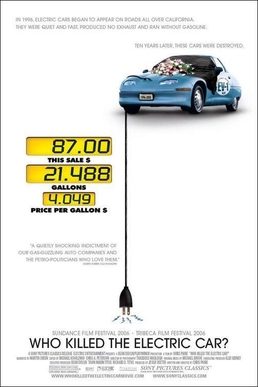Humble (Not) Mike Tyson
All Star
:smhke:We've been had, breh.now that I did not know.....
6 Insane Conspiracy Theories (That Actually Happened)
#6. Big Auto Killed the Electric Streetcar

The Conspiracy Theory:
Ask a crazy conspiracy theorist enough questions, and you'll eventually get to a dark boardroom full of evil billionaires secretly manipulating world events ... like puppeteers, but with money. They come in all shapes and sizes -- the New World Order, the Illuminati, Masons, Scientology, the Jews, the "gay mafia" that allegedly controls Hollywood. To get a nuanced understanding of how the average conspiracy theorist thinks the world runs, watch the scene in Trading Places in which two old guys ruin Dan Aykroyd's life over a one-dollar bet, and punch yourself in the part of your brain that contains a sense of humor.

Dan Aykroyd is the only man who can rant about conspiracies without sounding crazy. Because Ghostbusters.
Fortunately, modern societies reward companies that give people what they want, and we have laws designed to punish fat cats who try to gang up on the little guy. Unfortunately, breaking those laws pays extremely well in certain circumstances. While they may not be as smart or capable of weather control as we give them credit for, the extremely wealthy do occasionally meet up in dark boardrooms and make decisions that make themselves richer, and you more miserable. And that, boys and girls, is why you drove a car to work this morning.
Getty
The Illuminati's sacred goal is to make sure the world's public transit always smells like urine.
The Reality:
There was a time in America when even small towns hummed around on electric trains and trollies. Around the end of World War I, urban railways accounted for 90 percent of trips taken in vehicles, and there was no reason to believe they were going anywhere. Urban railways meant that the average workaday citizen didn't have to invest time and money in learning to drive, paying for gas and maintaining a car. At the time, driving a car was considered a novelty. A fun thing to do on a Sunday that allowed the moderately wealthy to feel fancy without having to buy a boat. Plus, the railways were so lucrative that the local government didn't have to pay a dime to maintain them, since small businesses did the work for them. Everyone was a winner, except for a handful of very rich people who had overestimated the demand for automobiles back when they were known as horseless carriages.
Wikipedia
"Most expensive motor car"? Definitely onto a winner there with the poor people.
In 1921, only 10 percent of Americans owned cars, and after losing $65 million in a year, General Motors had to face the fact that cars just weren't worth it for the other 90 percent. Today, the ascendance of the automotive industry is a foregone conclusion, but at the time it seemed more like a bunch of rich guys had forgotten that not everyone was rich. Imagine if the wealthiest people in your city invested all their money in limousines, under the assumption that everyone would stop taking cabs because why take a taxi? Limos only cost a couple hundred dollars extra!
This is where less successful men would have come to terms with the fact that they'd backed the wrong horse. Capitalism had spoken, and its answer was: "We'll take the clearly superior alternative that doesn't cost half a year's paycheck up front." Instead, General Motors decided to find a way to make cars worth it to the average citizen. After waiting for the laughter in the room to die down when someone suggested that they lower car prices, the car industry looked at the people who rode electric rails to work and decided to make them what's known in the mafia as "an offer they can't refuse."
kcet
"That's some real nice infrastructure you got there, America. Pity if something happened to it."
According to a Senate report, in the 1930s, GM, Goodyear, Firestone Tire and a bunch of oil companies joined together to form a number of fake rail companies. They would buy up all the small companies that operated America's small town railway systems, then destroy the systems, and soon enough America would run on gasoline-powered tires. By the mid-1950s, the fake rail companies had replaced 900 of the 1,200 public railway systems with gas-powered buses and cars and were ready to take on the biggest electric railway system in the world: Los Angeles. Yes, the city that's famous for bumper-to-bumper traffic once hummed along on 1,500 miles of electric railways. GM bought out the local railway companies, and a few years later there wasn't a single electric streetcar operating in Los Angeles. Today, the smog over LA is so thick that most of the people who live there have no idea they that live at the foot of a beautiful snowcapped mountain range.
Wikipedia
LA without smog.
Of course, you can't just form an illegal monopoly and get away with it. In 1947, the government convicted 10 of the biggest corporations in America of conspiracy, and fined GM $5,000. GM was able to survive the fine, since the illegal conspiracy had made it one of the most successful companies of the 20th century. And all they had to do was destroy the infrastructure of some of America's biggest cities and screw the next dozen or so generations who lived there out of clean, affordable transportation.
Wikipedia
Sure, but it was probably all worth it to play streetcar Jenga.




